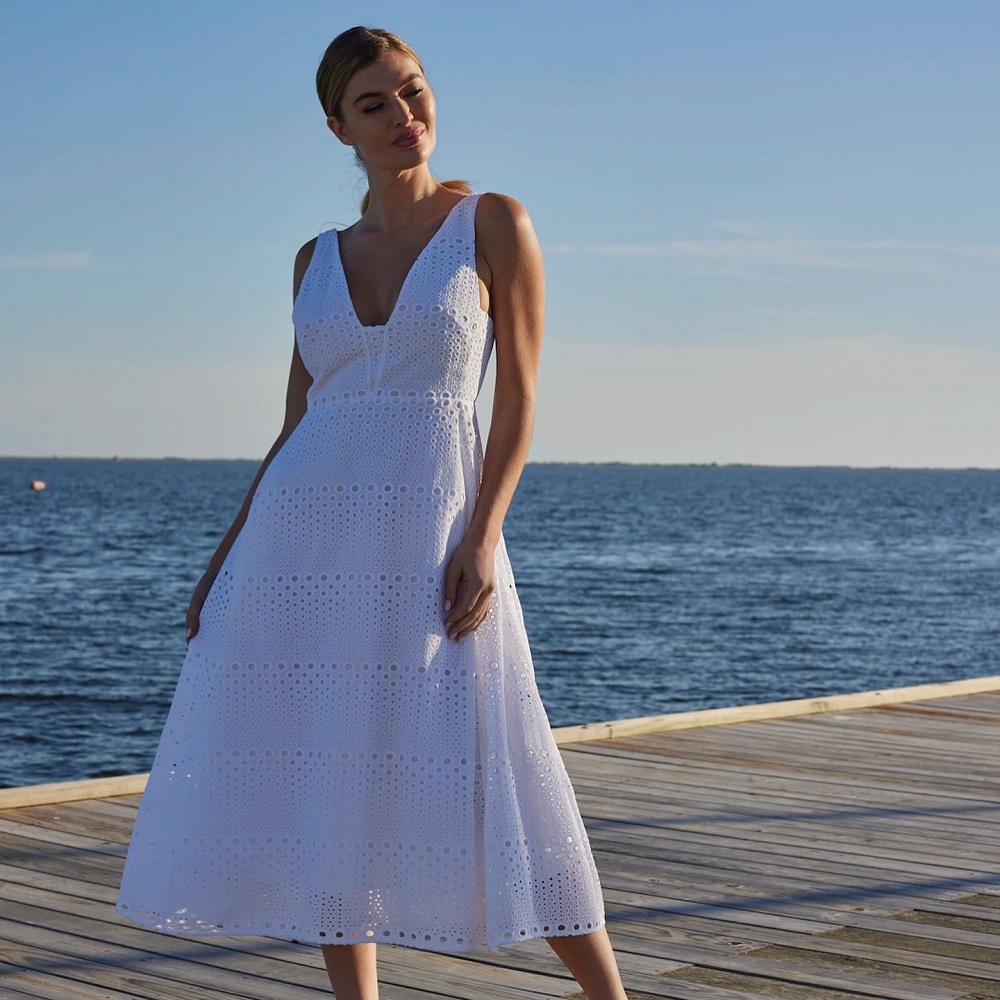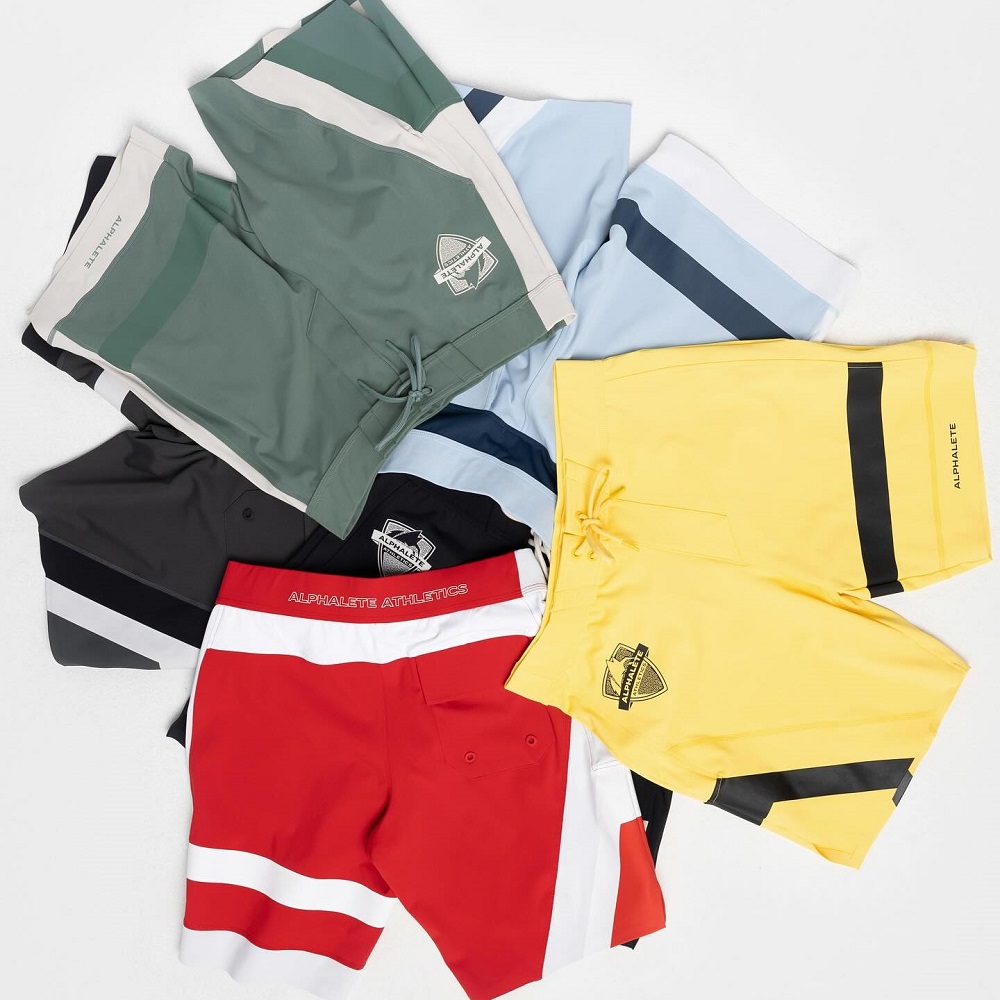How To Keep Socks From Slipping
Table of Contents
The Downfall of Sliding Socks
Socks are an essential item. In all likelihood, you put on a pair of socks in the morning as absentmindedly as you take your first sips of coffee or stroke your toothbrush over your back molars before heading out the door. Socks create comfort, and they enhance the wellbeing, hygiene and performance of our feet, and consequently, they affect how we show up for our day.
What happens, however, if your socks fall? It changes the look of an outfit and the strength of your confidence. When you’re consumed by how to keep your socks up, it affects your pace. It can also impact your output into the world. Each of us has an essential purpose and each day, we aim to commit to that purpose, to understand it better and to make an individual difference in the world, so we don’t want a simple hassle like slipping socks to get in the way. We all want to approach the problem effectively, but the question remains about how to keep socks up?
When your socks come down, they bunch in your shoes, change the line of your pant leg and affect the look of your boot. More to the point, no one wants to see a hairy calf. Ladies–if you were off duty on the shaving front, you, too, have been caught! The look of a fallen sock changes not only your style but your professional viability. It even changes the evenness of your walk and your balance. You’re getting the picture—the length of your sock matters!
Common Frustrations With Falling Socks
- They cause chafing and blistering
- Sweaty feet touching the surface of the shoe results in odour
- It looks sloppy
- They can take away from a stylish outfit
- Pulling them up all day is a time waster
- You can’t move around as effectively
- They are an irritant-you can’t get them off of your mind!
How to Keep Your Socks Up
Adjusting your socks at the wrong time can be as uncomfortable as straightening your underwear line. The problem of how to keep your socks up has significant implications. If this problem has plagued you, it has slowed down your decision making at the sock drawer and made you question your choice of shoes. The conundrum of how to keep socks up keeps many people restless and tossing at the witching hour of 3 AM. The truth is out, people are struggling with their socks, and they just don’t know how to solve the problem.
Getting the Right Size
In your cupboard, you may have a pair of socks or two that, by every stretch of the imagination, should pass the test for anti-slip capabilities. They are good material, they have the right amount of elastic, and they’re nearly brand new. So, what’s wrong—why are they slipping, and how can you master how to keep socks up? If your sock is the wrong size, especially if it is too small, you are not immune to this phenomenon of slipping.
Here is a play by play of the physics of socks. When you walk, and your foot expands to take up more space, the sock tends to contract. At this point, it has pretty well run out of options at the front end of your foot, and it pulls down on your heel. The heel is the trigger point; once the sock comes down on the heel, it’s open season to slip down the rest of the leg.
Size Options
- One size fits all
- Men/Women
- Small, Medium, Large
- Shoe Sizes
There is one huge problem that is difficult to overcome. Many sock companies produce socks in a one-size-fits-all option. This prevents the consumer from choosing a sock to match their size range or exact shoe size. Between a minuscule, dainty foot, and a large wide one, the same sock won’t cover that expansive ground. If you dig in the sock pile, you can sometimes even find generic small, medium and large sizes or men’s and women’s. This adjustment will help your sock stay up.
Choosing Your Length of Socks
Many people have preferences for the length of their sock. It can come down to style, temperature regulation, or even just habit, but many of us stick with the same length of the sock, with little exception. You might also have a routine that leads you to wear ankle socks to the gym and mid-calf socks for all of your daily work and leisure needs.
Two types of socks are the most liable to slip down: just above the ankle socks, and mid-calf socks. The reason for the downfall of mid-calf socks, in particular, is that the elastic rests at the broadest part of your calf, and with friction and motion, they are bound to plummet down. With above the ankle socks, there is little fabric above the active heel, which stretches the material. This causes the sock to pull and sag.
So, what’s the solution for how to keep socks up? You guessed it—calf-length socks. The calf is smaller at the top, and once they rise over toward the knee, they will settle into place. You can’t count on every calf-length sock to work this magic, but you have a higher likelihood of making it through the day without reaching down to make regular adjustments.
Adding Elastic
A simple fix for keeping your socks up, if you don’t want to purchase sock garters, is to take an elastic hairband (make sure it is soft and has a large enough circumference that it doesn’t cut off your circulation) and it will keep your sock in place. It’s not as technical a solution as a garter, but it can prevent you from the trouble of slippage.
If you’re handy with a needle and thread, or you have a partner who is, you can upgrade a pair of socks that have lost elasticity. Simply sew an elastic band into the top of the socks. You can purchase suitable elastic for the project from a tailor supply shop or sewing supply shop. Sew the elastic material around the top of each sock and your socks will be as good as new!
Reasons Elastic Wears Out
- Washing on a hot instead of the cold cycle
- Washing on a regular as opposed to the gentle cycle
- Drying the socks in the drying machine instead of hanging to dry
- Wringing socks out
- Buying socks which are manufactured poorly
- Buying socks that are a poor design or made of cheap material
Sock Glue
Ok, we know there’s a glue for everything, but we kind of thought they were all-purpose or generic. Did you know that there’s a “sock glue.” Indeed, you can purchase it to get you out of your sagging garment jam! The glue is both fabric-friendly and skin-friendly, and it comes right off in the shower at the end of the day. While you’re on the go, however, its adhesion is remarkable. It can be a challenge to order sock glue and purchasing may be limited to specialty dance and costume stores or online.
How Long Have Socks Been Falling? History of Men’s Socks:
- 1900-1910s-socks were not elasticized
- At risk of exposing skin, men pulled their socks up
- They did so using hose garters, nowadays referred to as sock garters
How Did Socks Garters Work
- They were made of leather and striped elastic
- The garter attached with a clip at the end of the sock
- It fastened around the upper calf
After the Wall Street Crash, socks began to be made with Lastex. These elasticized socks were the end of the era of sock garters.
Sock Garters and Shirt Stays
If you walk the city streets or ride the train with your attention drawn below the calf, a phenomenon will become apparent to you. If you haven’t noticed it before, it may be alarming. Suddenly, you will have a view onto a sea of white, pale, hairy legs and short-ish socks slumping to the ankle. There is a solution to this, although it may be considered old fashioned—sock garters.
All you have to do to find the elegant line of a straight sock is to watch an old film, or peruse black and white photos of gentlemen from a bygone era who knew how to keep their socks up! Let me let you in on a secret; it didn’t happen of its own accord. Sock garters sometimes referred to as sock suspenders, are a timeless technique. It may seem rudimentary and even old fashioned, but it has stood the test of time. A similar concept is dress shirt stays, which operate much like suspenders. The elastic bands link from the top of your socks to the tail end of your shirt.
| Occasions For Sock Garters and Shirt Stays | |
| Sock Garters | Shirt Stays |
| Chinos and Oxfords | Tuxedo |
| Jeans and Boots | Suit |
Replace Your Socks
If your socks aren’t staying up, there’s a simple diagnostic: they are not high enough quality. The predominant reason for sunken socks is that the elastic has worn out and is no longer holding them to their optimal height. There are a couple of factors that go into how durable the elastic of your sock is. The first is the quality of the sock because if you bought them cheap, it would be reflected in their life-span. Your process for washing and drying the socks will also have implications, but the fix is simple, buy new socks and buy better ones, and you’ll resolve how to make keep socks up.
Different Socks for Different Uses
| Socks That Stay Up | Socks That Fall Down |
| Full-Calf Socks | Athletic Ankle Socks |
| Compression Socks | Crew Socks |
Full-Calf Socks
It is a common problem that many people don’t consider that different socks have different uses. Men often wear mid-calf socks which don’t serve them as well as full-calf socks would. A lot of people don’t take into consideration the style of boot or shoe that they are pairing with the sock, or even the style of their outfit. Consequently, many don’t know how to keep socks up in their boots. When your socks fall down, it’s time to assess which type of socks you’re using and how that contributes to the challenge of how to keep the socks up. Full-calf socks will save you the headache of how to keep socks up.
Socks That Solve the Problem
Compression Socks
Compression socks have many benefits for the body and medical conditions. They are one excellent answer to the call of how to keep socks up. The socks are designed to apply a gradient of pressure to the ankle and leg. The highest degree of pressure is at the ankle. They improve blood flow and reduce aches and swelling in the legs. Some physicians prescribe compression socks to prevent deep vein thrombosis (DVT) after surgery, to help with varicose veins, or lymphoedema, amongst many other indications.
There is one more indication though, that perhaps many healthcare practitioners, pharmacists and suppliers have overlooked. While providing all of these excellent known benefits, compression socks are also flawless at staying up! They come in a wide array of styles, colours and designs. If you’re looking for a solution to prevent socks from slipping, why not try compression socks?
Hacks for No-Show Socks That Slip
The most aggravating part of no-show socks is that they slip easily. There is perhaps no worse feeling than having the front half of your foot bunched and protected by a sock and the back half bare—especially when you’re prone to sweaty feet! So, the question is how to keep socks from slipping into your shoe. There is a fantastic life hack though, that will push all your worries aside.
How to Keep Socks Up
- Cut a horizontal line off the end of your no-show sock
- Now there should be a small hole at the heel
- Put your sock on with the hole at your heel
- You’ve got grip! Your socks will stay on all-day
Straight Socks Rock
It counts that your socks stay up. Experiencing the sensation of your socks falling is distracting. It interferes with the look of your outfit and can lead to embarrassment in the wrong kinds of situations. Having your socks sink uncomfortably into your shoes is a hassle, and let’s be frank, you just can’t think straight. It slows you down and takes your focus away from where it should be. Slipping socks are a distraction and an irritant. They keep you from looking your best, but it doesn’t have to be that way. With these methods of how to keep socks up, you can begin to put your best sock forward!








